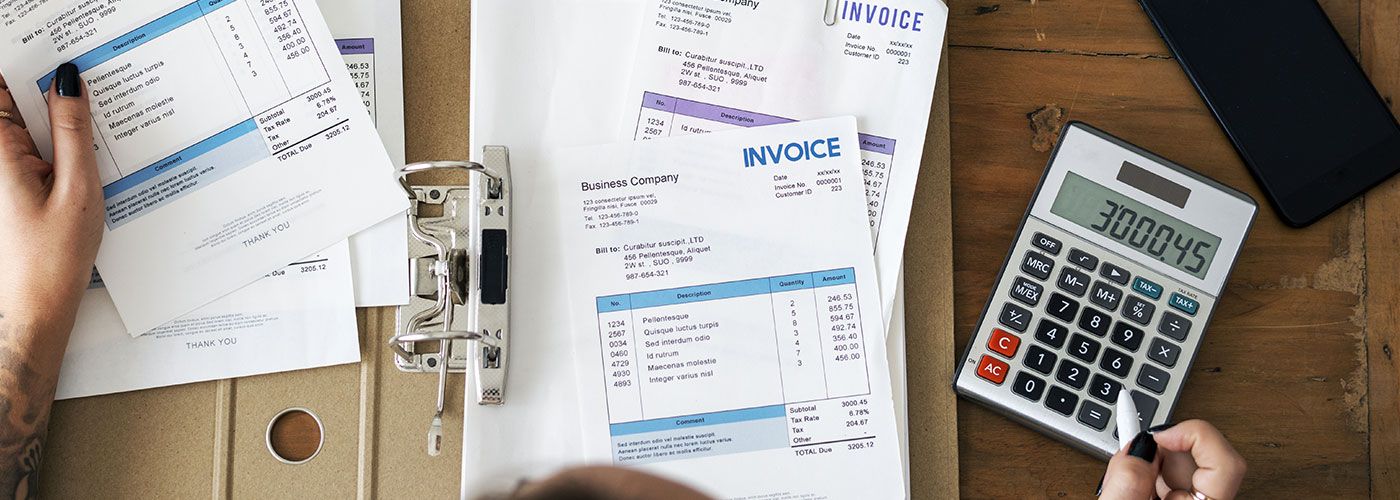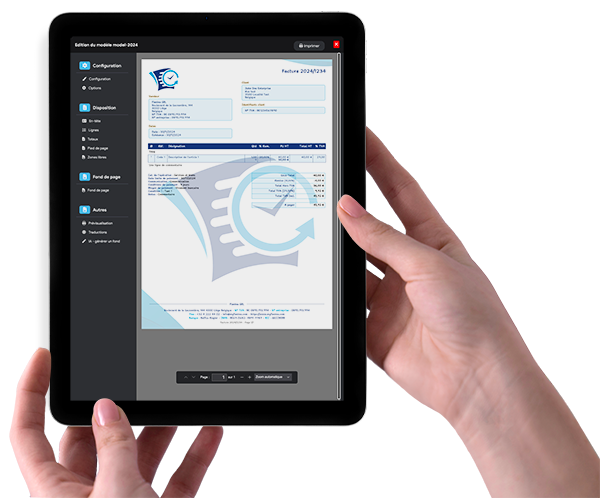Regardless of the form and size of the company, it is essential to ensure proper recording of purchase invoices and sales invoices within compliant accounting software. For this, invoice entry must be carried out properly. Thus, your company will be in compliance and the year-end balance sheet can be done simply and quickly. We will focus here on recording purchase invoices, as well as the rules to follow to avoid errors.
Properly recording a purchase invoice
Making accounting entries
Goods purchased by your company necessarily lead to recording of purchase invoices. These purchases thus form the expenses and charges of your company, which should be recorded in account 607 for merchandise purchases. When making a purchase intended for resale, the accounting entry should follow this process:
- Debit the expense account dedicated to merchandise purchases (amount excluding taxes)
- Debit the account dedicated to deductible VAT (VAT amount)
- Credit the supplier/customer account 401 (amount including all taxes)
In the case where it would be a purchase intended to be kept durably (not intended for resale), we would then speak of fixed assets in accounting terms. In this latter case, you would proceed as follows:
- Debit the account dedicated to fixed assets (instead of the expense account) expressed excluding tax
- Debit the account dedicated to deductible VAT
- Credit the supplier account expressed including tax.
Regarding so-called "accessory" costs, such as delivery costs or customs clearance of goods, they will be integrated into the amount of merchandise purchases and thus recorded in the dedicated account 607. It is also possible to create a special account for accessories.
Essential elements when recording an invoice
Every company must thus record the flows affecting its assets, through accounting entries, which is why proper recording of purchase invoices is essential for clarifying your accounts. When recording a purchase invoice, remember to write the following elements:
- the purchase invoice number;
- the invoice creation date;
- the account number undergoing the debit operation;
- the description of the operation (nature of the flow);
- the debit column clearly distinguished from the credit column.
Correctly entering a purchase invoice without errors
A recording of purchase invoices carried out according to the rules must take into account the following elements:
Use appropriate accounts
Entering accounting entries for your company is the basis of clear and compliant accounting. Thus, each type of operation must be allocated to the account that suits it. For this, minimal knowledge is necessary. It will thus be appropriate to delegate this task to an expert or to train properly if you wish to do it yourself.
Record purchase invoices regularly
Recording a purchase invoice done regularly will allow your software to detect omissions from your supplier (such as sending the purchase order but not the invoice), as well as taking VAT into account as accurately as possible.
Create accounting entry guides
This saves time when recording a purchase invoice. These are templates allowing the inclusion of accounts in accounting entry automatically. For example, your purchase invoices for your commercial rent or your products for sale will be pre-filled, only the invoice number and the amount of debit and credit will need to be entered manually.
Encode a purchase invoice
This will allow you to have properly organized accounting, where you can quickly find your accounting documents. To properly encode a purchase invoice, you will need to:
- assign a coded and chronological numbering, which can be created as you wish. Example: YEAR - MONTH - CHRONOLOGICAL INTERNAL NUMBER-SUPPLIER INVOICE REFERENCE like F2019-09-006-FA201908256.
- file and classify purchase invoices in a dedicated and numbered binder. Thus, if you later search for a purchase invoice XXX, you can find in your accounting software which binder to find it in.
To remember: a purchase invoice, just like a sales invoice, must be properly encoded, recorded and filed, in order to have flawless compatibility.
Has this article helped you see things more clearly? Don't forget to come test for 15 days our online invoicing software. If you have questions or need tips, you can also contact us.




